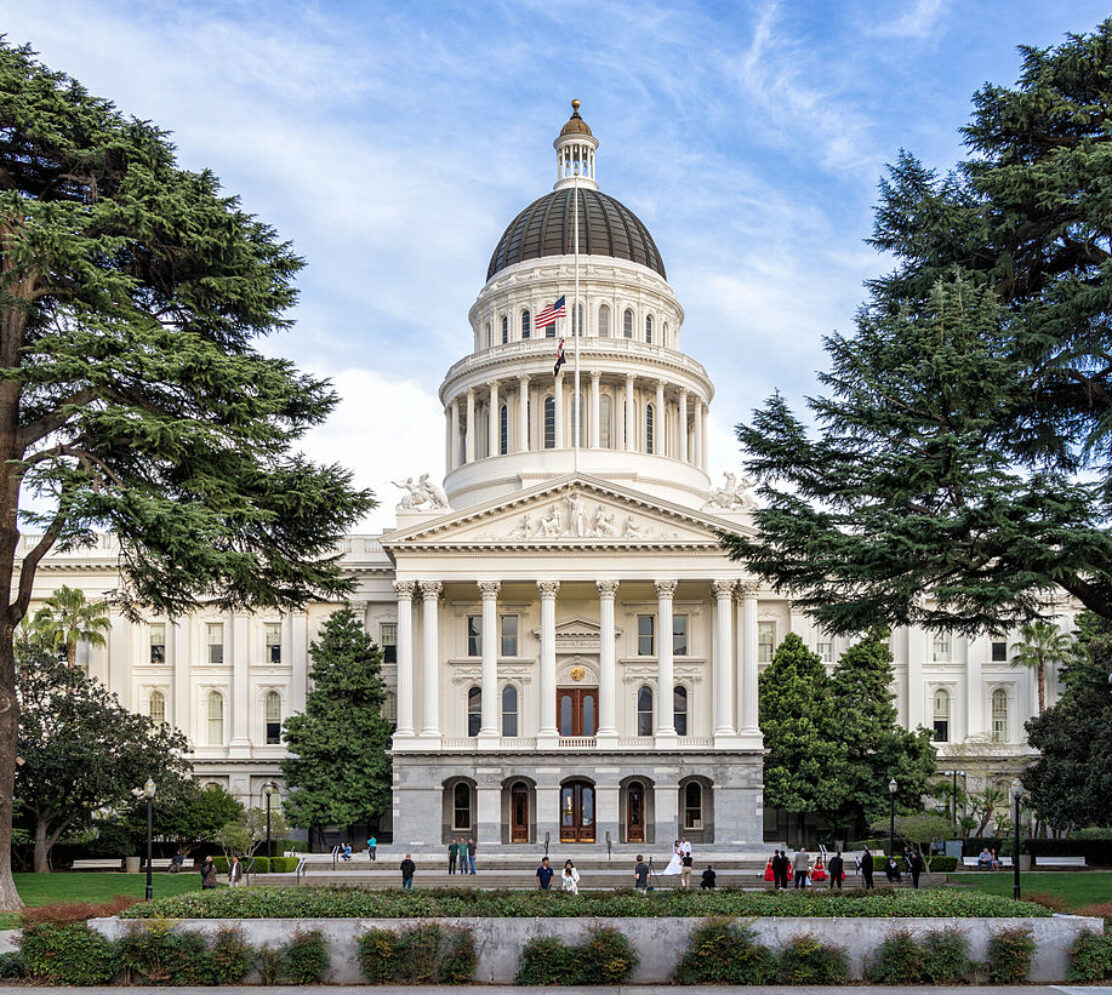You knew it was going to happen. Dan Walters, formerly with the Sacramento Bee and now with CalMatters, has weighed in with his take on the recent report from California’s Legislative Analyst’s Office on closing the K-12 achievement gap. His post on the CalMatters website is here. The LAO report is here.
After reviewing data showing the size and scope of the achievement gaps, the LAO proposes four options for legislative action: (1) make achievement gap information more readily available, (2) monitor efforts to improve school leadership, (3) create standards for reviewing districts’ academic plans, and (4) establish an academic assistance program for the lowest-performing districts. It is this fourth recommendation that Walters finds the most “intriguing.”
He starts with the premise, that, as he puts it, “LCFF’s [Local Control Funding Formula] underlying assumption was—and is—that expanding spending would automatically produce better outcomes.” This is patently untrue. As one who was at the table when the LCFF was being negotiated, I can report that many hours were devoted to tying LCFF dollars to developing a system of local planning and accountability. It was never assumed that improvement would automatically follow from the redistribution of education dollars.
The planning process must involve the entire school community and locally developed action plans must address eight state priorities. District plans are subject to review by county offices of education. A system of targeted support and assistance is being developed for districts that fail to meet performance benchmarks. One can argue that the system has not worked as intended, but one cannot argue that the LCFF dollars were expected to “automatically” produce improved results.
Nor can one argue that the LCFF resulted in “expanded” spending. Rather, it redistributed among districts dollars that would have been provided anyway pursuant to the minimum funding requirements of Proposition 98. True, it results in some districts getting more than they otherwise would have, but it did not increase total statewide funding. In fact, it took several years after the LCFF was enacted for funding to return to pre-recession levels.
These misperceptions underpin his focus on the proposal for an academic assistance program as the “most intriguing” of the four recommendations. This, he states, would be a way to “crack down” on chronically underperforming districts. This big stick approach has been at the core of federal and state accountability systems since the No Child Left Behind Act, and it’s still not working. However, it does appeal to those who believe that bad schools shoulder the primary blame for poor student performance.
On this point, the LAO report includes an important caveat. While acknowledging that achievement gaps are influenced by many factors outside as well as inside the education system, the report—pursuant to legislative direction—focuses only on the school factors. Outside factors, according to the LAO, include “family characteristics, residential segregation, health disparities, and public safety issues.” We could also add childhood trauma and food insecurity to this list. I’m about to propose a theorem: the desire to crack down harshly on underperforming schools is positively correlated with the lack of desire to address seriously the out of school influences on student achievement.
It must be acknowledged that Mr. Walters’ preference for recommendation #4 is not without reservation. Whereas the LAO recommends that state academic intervention be voluntary, he believes it should be mandatory. He supports this opinion by drawing a comparison to the Fiscal Crisis and Management Assistance Team (FCMAT) and noting that few districts volunteer for FCMAT services: “School officials would be just as unlikely to self-report educational failures as they are to call attention to their financial shortcomings.” In other words, not very likely. Here again he subverts the truth. It took me about 90 seconds on the Internet to learn that roughly 80% of FCMAT’s local assistance activities are at the request of the local education agency and only 20% are pursuant to direction from the Legislature or other agency.
For what it’s worth, I believe the most important recommendation from the LAO report is to monitor implementation of the California School Leadership Academy. I would go further and say we need to increase investments in leadership training. Among the many schools and school districts I have visited, the common thread among the top performers is strong, intelligent, dedicated, and even inspirational leadership. Policy makers readily acknowledge this, but it is more often in the form of lip service than actual funding. Making wise and significant investments in developing effective school leaders could reduce, if not eliminate, the number of districts we need to crack down on. Isn’t that what we really want?
